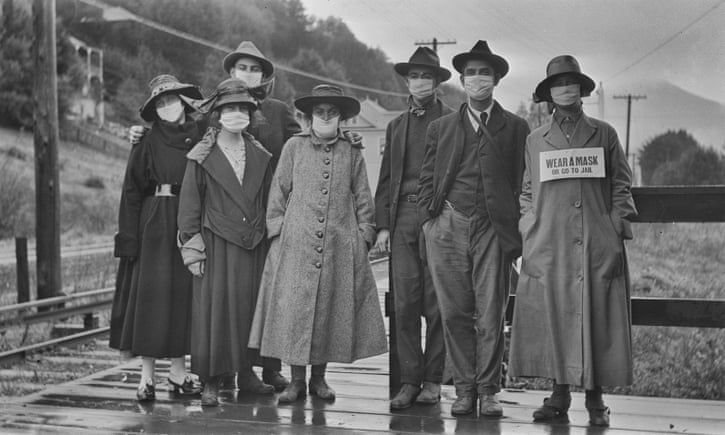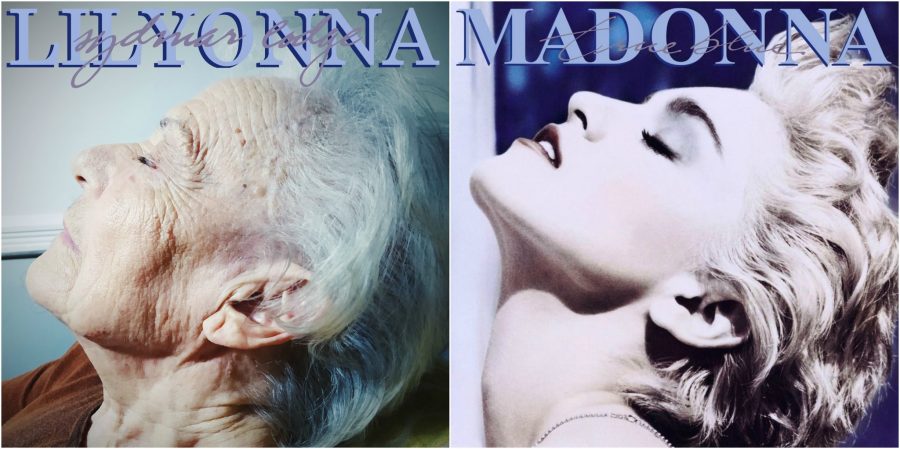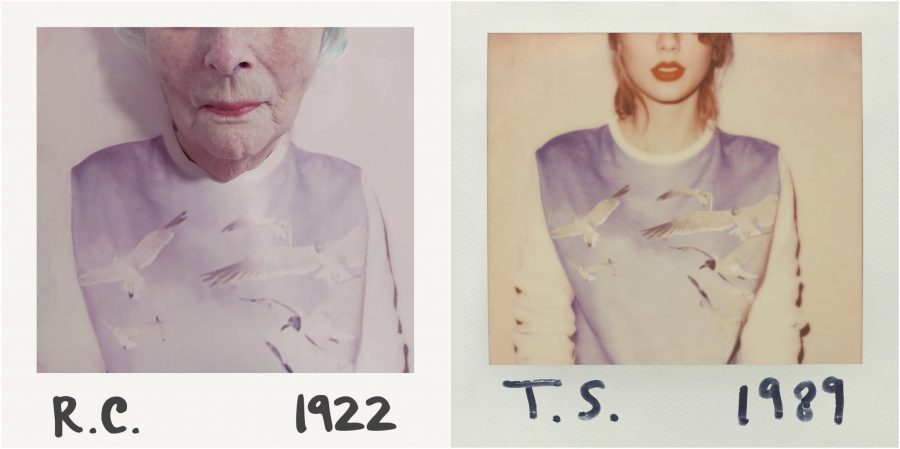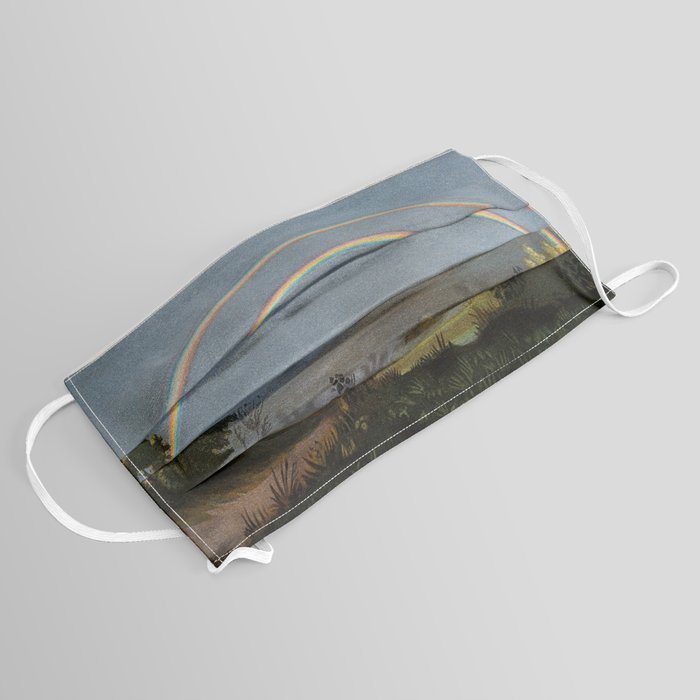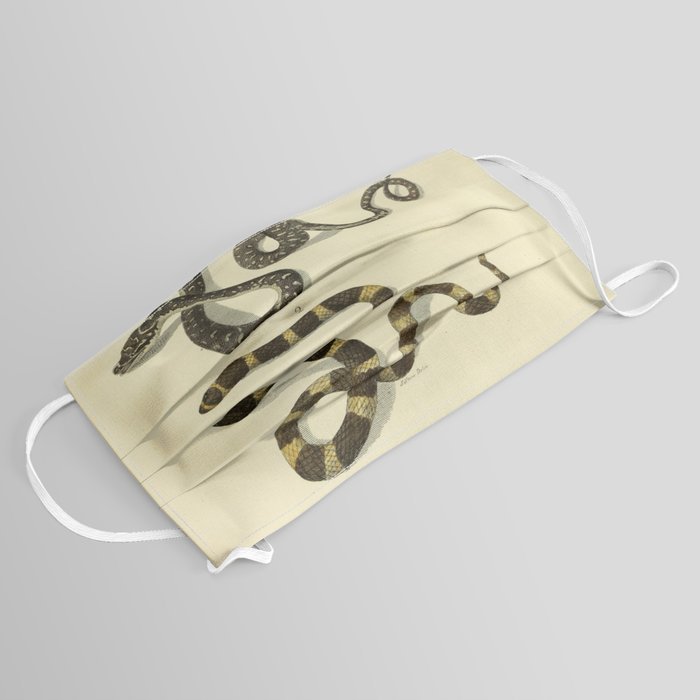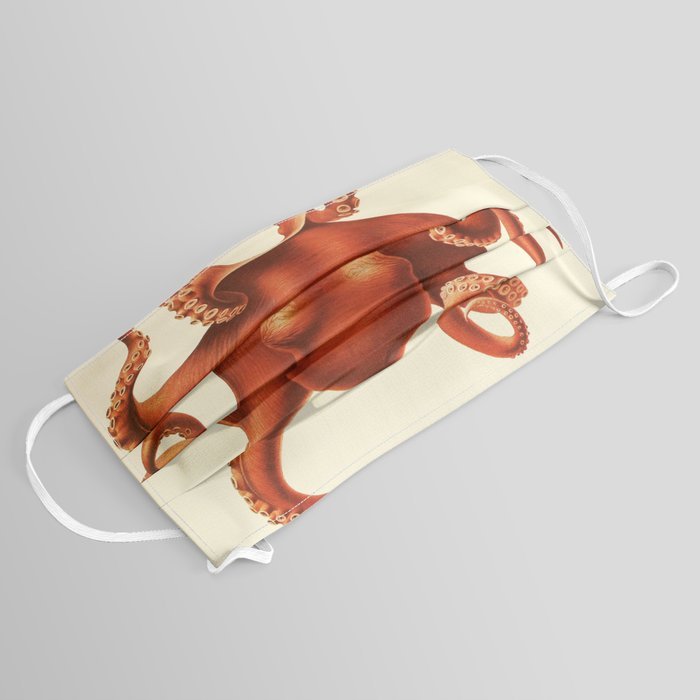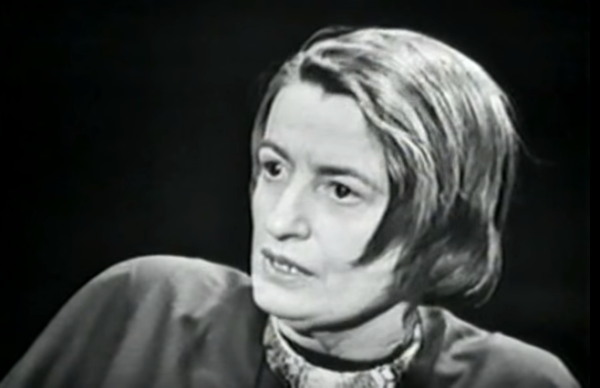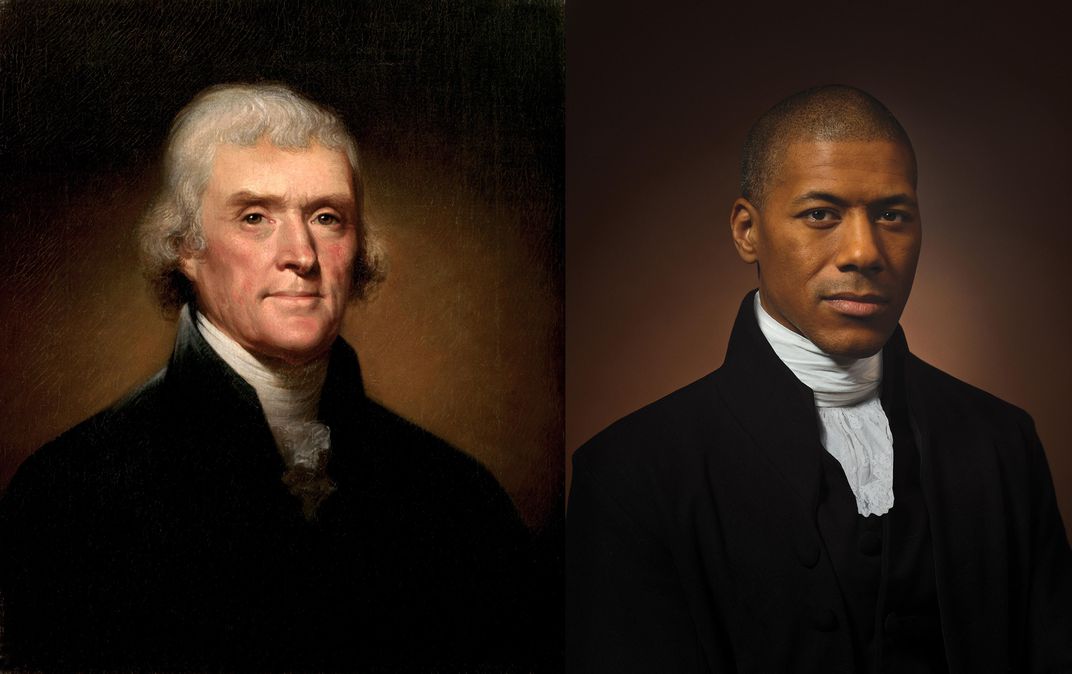It’s a great time to tune in to what scientists are trying to tell us.
It’s true that we’ve received a lot of conflicting information over the last four months with regard to how to best protect ourselves and others from COVID-19.
Scientists and health care professionals have a learning curve, too.
Their bulletins evolve as their understanding of the novel coronavirus grows, through research and hands-on experience.
There are still a lot of unknowns.
Some people take any evidence-based messaging updates regarding masks and re-opening as proof that scientists don’t know their asses from their elbows.
To which we might counter, “If that’s the case, please take a minute from berating the poor grocery store employee who asked you to follow clearly posted state mandated public health practices to educate us. Forget the economy. Forget the election. Blind us with some science. Pretend we don’t know anything and hit us with some hardcore facts about viruses. We’re listening.”
(Crickets…)
Science writer Dominic Walliman, founder of the Domain of Science Youtube channel, may have a PhD in quantum device physics, but he also had the humility to realize, earlier in the pandemic, that he didn’t know much about viruses:
So I did a load of research and have summarized what I learned in… nine images. This video (above) explains the key aspects of viruses: how big they are, how they infect and enter and exit cells, how viruses are classified, how they replicate, and subjects involving viral infections like how they spread from person to person, how our immune system detects and destroys them and how vaccines and anti-viral drugs work.
Walliman animates his 10-minute overview with the same bright infographics he uses to help students and laypeople wrap their heads around computer science, biology, chemistry, physics, and math.
The virus video has been fact-checked by immunologist Michael Bramhall and biologist Christoph von Arx.
And how refreshing to see transparency with regard to human error, published as a corrective:
In slide 9 toxin vaccines are for bacterial infections like tetanus, not viruses.
For those who’d like to learn more, Walliman has tacked a whopping 15 links onto the episode’s description, from sources such as Scientific American, Nature, Stanford Medicine’s Scope blog, and the National Center for Biotechnology Information.
Download a free poster of Domain of Science’s Viruses Explained in 9 Images here.
Related Content:
Spring Break vs. COVID-19: Mapping the Real Impact of Ignoring Social Distancing
The Case for a Universal Basic Income in the Time of COVID-19
Ayun Halliday is an author, illustrator, theater maker and Chief Primatologist of the East Village Inky zine. Her latest project is an animation and a series of free downloadable posters related to COVID-19 public health Follow her @AyunHalliday.
